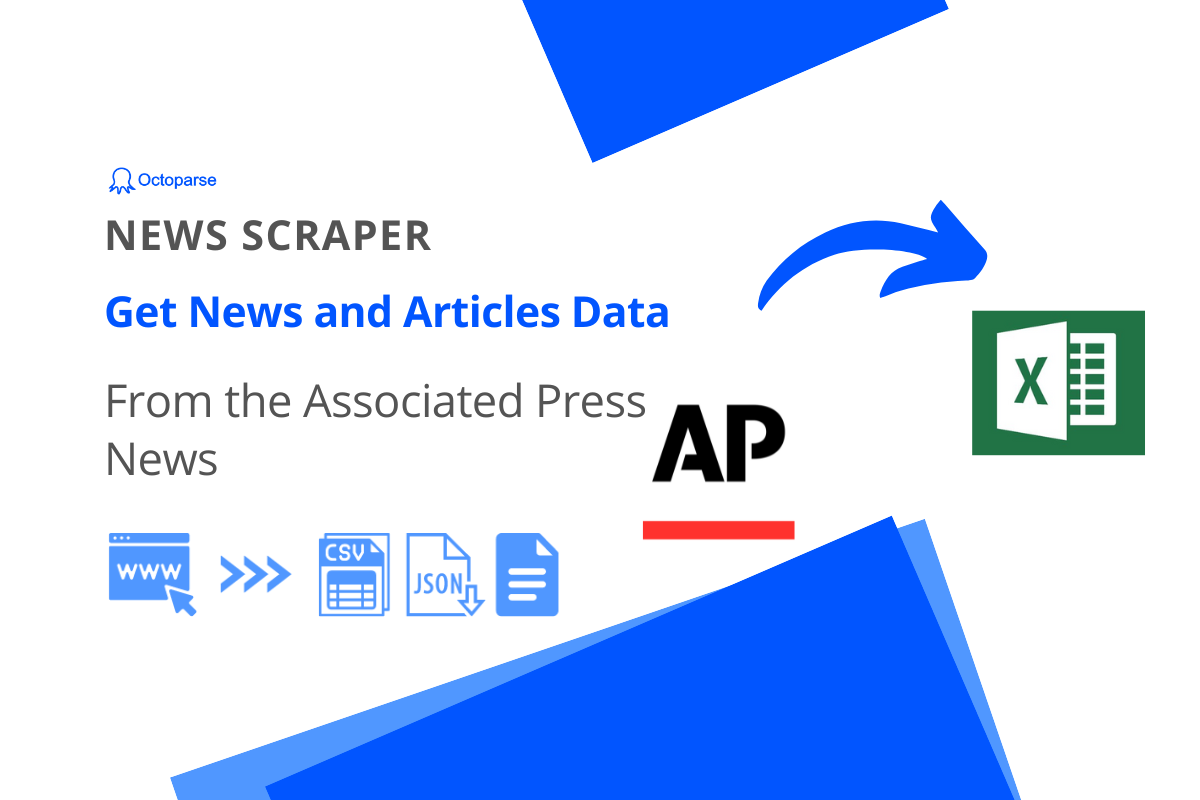Google offers an aggregation service called Google News. It is an app and website that gathers, arranges, and presents news from all around the world. According to wikipedia, “In total, Google News aggregates content from more than 20,000 publishers.” This app offers live news broadcasts on a variety of subjects, including sports, technology, business, and entertainment. The system tracks events in real time and constantly refreshes news feeds based on user preference and relevancy.
Why Do People Scrape Google News?
A multitude of information is available on Google News, which is rapidly generating insightful information in a range of industries. Google News is a rich data source that is constantly updated with news items on global events. This could have significant implications for user preferences, global trends, or market volatility. This service’s data extraction makes it possible for organizations, scholars, and private users to examine and deduce patterns from a large dataset, which makes it an essential tool for efficient decision-making procedures. Moreover, Google News’s organized design makes data extraction easy, making analysis and interpretation simpler.
Google News data is useful in a wide range of situations. Analysts and investors, for example, may use this data to stay current on market trends and make wise investment choices. In a similar vein, marketers may use this data to monitor shifts in consumer preferences and the market, which helps them create campaigns that are successful. Additionally, scholars and researchers can use Google News data to examine how events affect the economy and society. This information is also available to media outlets and journalists for fact-checking and story sourcing. All things considered, there are a plethora of nearly infinite ways to use Google News data, which could result in important discoveries or major strategic shifts.
Data You Can Scrape from Google News
As a comprehensive news aggregator website designed by Google offers its audience access to a spectrum of news from various domains that are meticulously organized into distinct categories inclusive of Business, Science, Technology, Entertainment, and more. A plethora of information may be obtained by scraping Google News data, which is frequently utilized for research, trend analysis, or monitoring certain media topics. Here are some types of data that can be extracted:
Headlines: Grounding in the practice of news headline scraping can offer the opportunity to stay abreast with emerging stories or pinpoint the trajectory of news reporting. This method enables the tracking of evolving narratives or market trends over a period of time, making it an essential tool for comprehensive media analysis.
Article Descriptions: Article descriptions, briefly summarizing the crux of article contents, serve as advantageous sources of immediate information. They give a snapshot of the core events or arguments of the article for readers who may not have the time or inclination to read every word. Using article descriptions in your research may offer valuable insight into the major themes covered by media outlets.
Source Details: Investigating the diversity of sources covering a topic can encourage a more nuanced and balanced understanding of an issue. Different journalists and media outlets often have varying perspectives, biases, or focuses. Reviewing these differentiated source details enriches your comprehension of the topic, thus enabling you to navigate the media landscape more effectively.
Publish Time: The addition of publish time information is helpful in tracking the timeliness or relevance of news. It can unveil how long a certain topic has been in the limelight, enabling you to follow how developments unfold or how quickly news cycles progress. Monitoring these timestamps can assist in analyzing how issues evolve in public discourse over time.
Author Name: If you have an affinity for the reporting style or perspective of specific authors, the ability to track their work can cater to your preference. Equally, observing distinct authorial voices contributes to a deeper understanding of how reporting and analysis can differ, even within the same media outlet.
Categories or Topics: Google News utilizes the approach of tagging articles with relevant topics, which streamlines topic-specific research. These category or topic tags act as efficient filters to narrow down article lists to ones most pertinent to your research field. This feature eliminates extraneous information and zeroes into the focal issues efficiently.
Link to Full Article: Providing a link to the full article can be extremely beneficial for those seeking a more in-depth reading or a comprehensive analysis of the event or issue covered. An accessible link not only offers the convenience of direct access, but it opens the door to the whole context, enriching your understanding of the topic at hand.
However, it’s important to keep in mind that any kind of data scraping has to abide by Google’s terms of service. To guarantee moral and lawful data collection and use, local rules and regulations pertaining to privacy and data mining should be followed.
How to Build a Google News Scraper
There are many different web scraping techniques accessible to collect data from different websites. In this part, you can learn a user-friendly web scraping tool, Octoparse, which is good for even non-programmers. It provides preset data scraping templates so that you can easily extract data within several clicks. But you can also build a Google News crawler from scratch according to your needs. Try the online scraping template below, or follow the easy steps to scrape Google News.
https://www.octoparse.com/template/google-news-scraper
Step 1: Create a Google News scraper
Copy the Google News page link that you want to scrape data from and paste it into the search bar on Octoparse. Then, click “Start” to create a Google News scraper.
Step 2: Auto-detect the Google News data
Click “Auto-detect webpage data” in the Tips panel once the Google page has finished loading. Next, Octoparse will predict what information you require by scanning the page.
You may quickly determine if the data you desire is selected or not by looking at the page’s green background, which is applied to all extractable data. On the “Data Preview” tab at the bottom, you can also view and delete any discovered data fields
Step 3: Create and modify the workflow
Once all the necessary data has been selected, click “Create workflow.” After that, a workflow will appear on the right. This includes all of the price tracker’s actions. To see if everything goes according to plan, you can click on each one. In the workflow, you can also add new actions and delete any unnecessary steps.
Step 4: Launch the Google News scraper
The Google News crawler will begin to run when clicking the Run button. Next, decide whether to use Octoparse cloud servers or your device to do the task. It works well for rapid run and task troubleshooting when executed locally on your device. After the process is finished, you can export the price data that was scraped and used for other purposes to local files like CSV and Excel files, or to a database like Google Sheets.
Wrap up
Web scraping offers a special approach to quickly and easily compile a sizable number of data and news items from Google’s search engine. Gained advantages include quick data collection for trend predictions, easy access to international news, and a wealth of information for critical data analytics. But it’s crucial to think about any possible repercussions.
Although there are benefits to scraping, there are moral and legal issues to be aware of, such as possible invasions of privacy and more. Thus, when employing web scraping, it’s imperative to follow the specified terms of service and respect both individual and corporate privacy rights.




